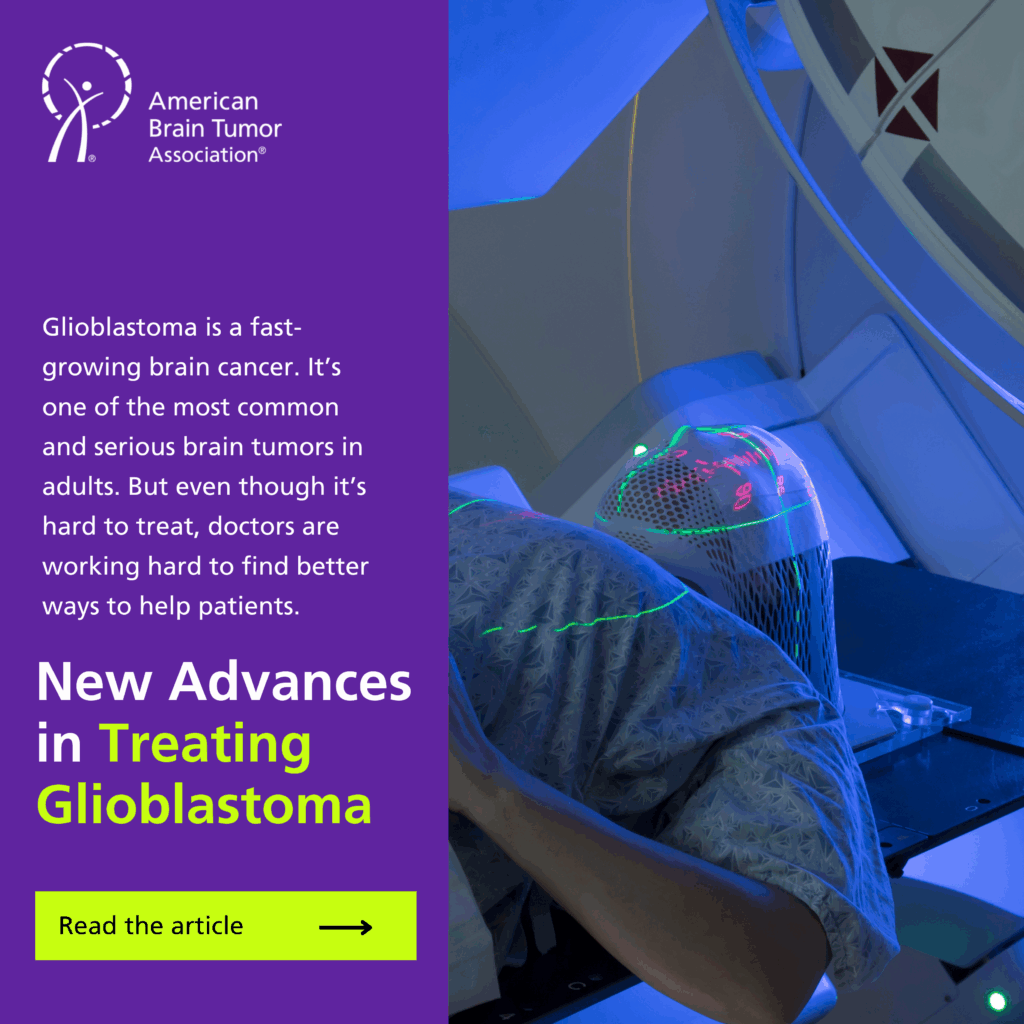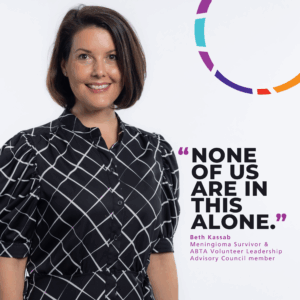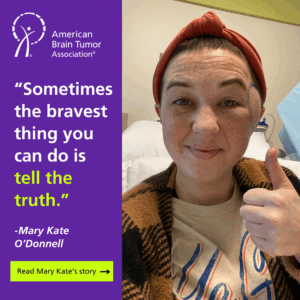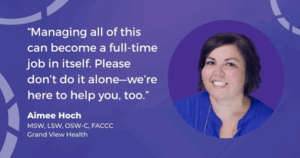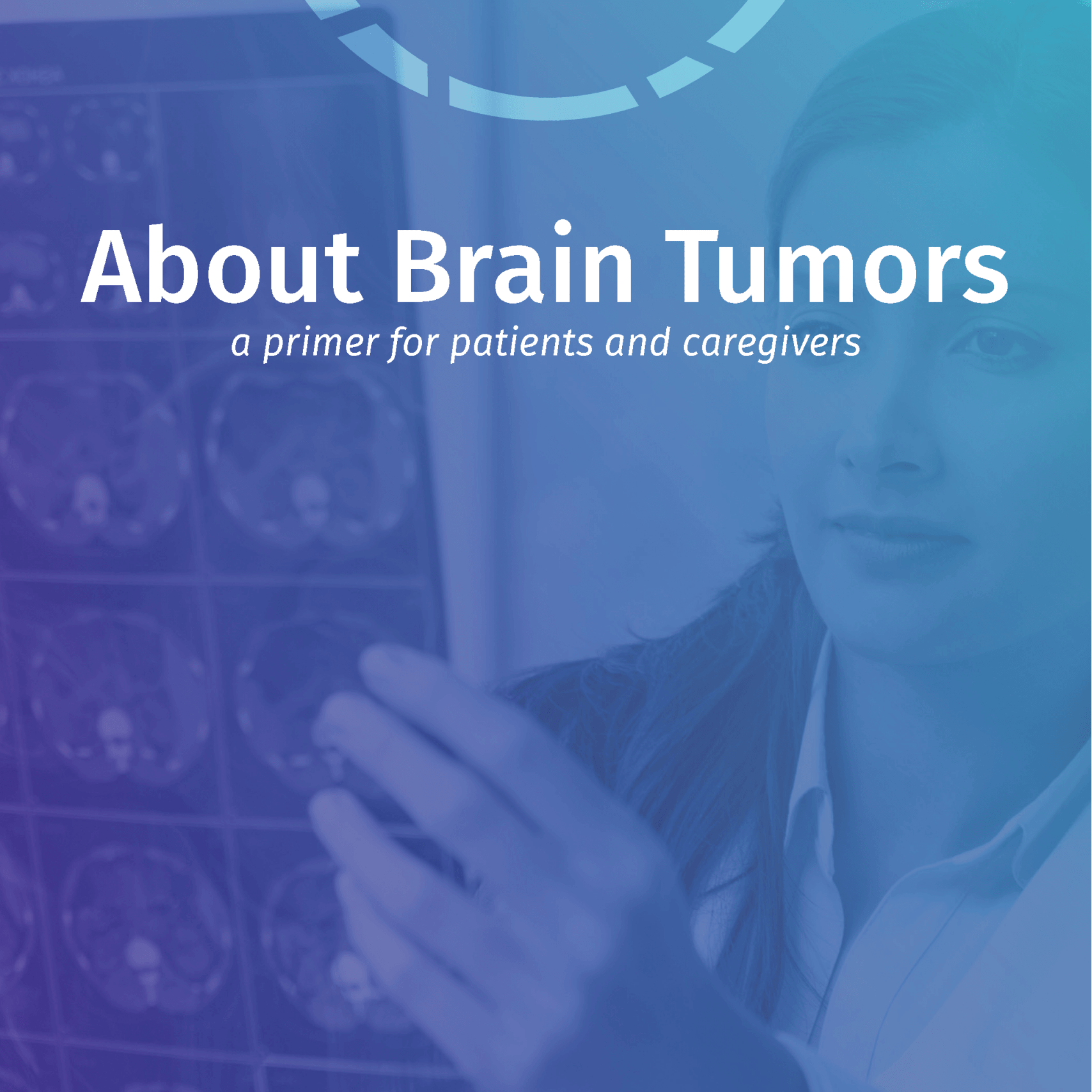Glioblastoma is a fast-growing brain cancer. It’s one of the most common and serious brain tumors in adults. But even though it’s hard to treat, doctors are working hard to find better ways to help patients.
One of those doctors is Dr. Jonathan Sherman, a brain surgeon at Rutgers Cancer Institute in New Jersey. In an ABTA webinar, Dr. Sherman shared the latest tools and ideas that are helping people with glioblastoma live longer and feel better.
What Is Glioblastoma?
Glioblastoma is a type of brain cancer that grows quickly and is difficult to remove completely. In the United States, about 25,000 people will be diagnosed with a brain tumor this year, and more than half of all malignant (cancerous) brain tumors are glioblastomas. Because this tumor is so aggressive, it needs a strong treatment plan that often includes surgery, radiation, and chemotherapy.
Why Surgery Matters
Surgery is often the first step in treating glioblastoma. Doctors try to remove as much of the tumor as they can. This is important because taking out more of the tumor can help people live longer. But it’s also important to protect healthy parts of the brain—especially the parts that control things like speech, movement, and memory.
Dr. Sherman calls this the “onco-functional balance.” That means doing everything possible to get rid of the cancer without hurting how the person thinks, moves, or speaks.
New Tools That Help Surgeons
Dr. Sherman uses many new tools that make brain surgery safer and more exact. One tool is an MRI scanner that takes pictures during surgery to help doctors see what’s left of the tumor. Another tool is like a GPS system that shows the exact spot in the brain where the tumor is located.
There’s also a special drink that makes tumor cells glow pink under blue light. This helps surgeons see the cancer cells more clearly so they can remove more of them. Doctors also use ultrasound, lasers, and even virtual reality to plan and perform surgeries.
Some patients can see their own brain scans in 3D before surgery to better understand what’s going to happen.
Teamwork Makes a Difference
Dr. Sherman believes that teamwork is key. He works with a group of experts who care for the whole person—not just the tumor. This team includes brain surgeons, cancer doctors, radiation doctors, psychologists, nurses, and more. They all work together to make sure the patient gets the best care, both during and after treatment.
New Research and Treatments
Besides surgery, Dr. Sherman is working on new research to help treat glioblastoma. One treatment uses tiny lasers to heat and kill tumors deep in the brain. Another project uses virtual reality to help patients feel less scared before surgery. There’s also something called “tumor paint” that makes cancer cells easier to see and remove.
Dr. Sherman also talked about clinical trials, which are research studies that test new treatments. Some trials combine standard treatments with new tools or medicines. These may help people live longer or have fewer side effects.
What About Radiation?
Radiation is another important part of glioblastoma treatment. Newer types of radiation can focus just on the tumor, which means fewer side effects. Some treatments use small beads or devices that go directly into the brain to give off radiation only where it’s needed. This helps protect the healthy parts of the brain while still fighting the cancer.
What Can You Do?
If you or someone you love has glioblastoma, it’s okay to feel overwhelmed. But remember, there are many options and new treatments being discovered all the time. Ask your doctor about clinical trials and new therapies. Find a care team you trust. And know that researchers like Dr. Sherman are working hard to give hope to every person facing a brain tumor.
Learn More
To learn more about glioblastoma and watch the full webinar with Dr. Sherman, visit abta.org. You can also join the ABTA’s National Conference for brain tumor patients and caregivers in Chicago or online this September. It’s free and full of helpful information for patients, families, and caregivers.


